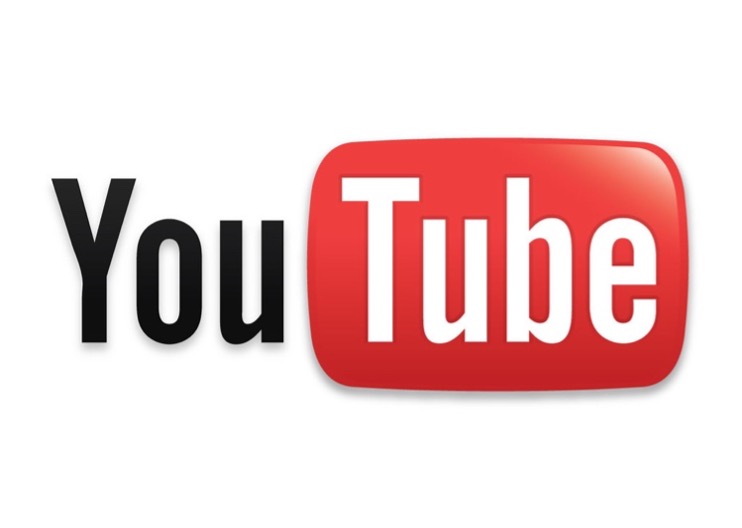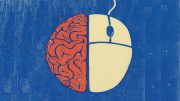Author: Luna Chen
SID: 520012389
Introduction
The development of generative artificial intelligence (AI) techniques and algorithms has led to the widespread use of AI-generated content (AIGC), which enables the production of diverse and high-quality content (Du et al., 2023). However, this technological progress has introduced a new level of complexity into the sphere of copyright protection. The distinction between human and AI-driven creativity has become increasingly indistinct as AI evolves to create content that remarkably mimics the works of celebrated artists. Within the crucible of this technological transformation, a pivotal question arises: with the advent of AI-generated content, how can individuals assert and preserve their copyright within platforms? This blog will use YouTube as the most popular platform for creative expression and content dissemination, to investigate the copyright issue (Citgez et al., 2021). This blog will discuss the multifaceted challenges and potential solutions related to the preservation of copyright in an era where AI-generated content thrives on YouTube.

The Jay-Z example: Copyright Challenge
While AI technologies have enormous promise for the economy and societal welfare, it is unclear whether copyright rules encourage or hinder the development of these promising technologies (Matulionyte, 2023). While AI technologies have enormous promise for the economy and societal welfare, it is unclear whether copyright rules encourage or hinder the development of these promising technologies (Matulionyte, 2023). The particular example of Jay-Z, a singer with widespread popularity, represents an effective illustration of the complex and changing environment of copyright protection in the age of AI-generated material on YouTube (Hern, 2023).
In 2023, Jay-Z found himself at the center of a copyright dispute that sent shockwaves through the music and technology industries. The source of contention was an AI-generated song that astonishingly replicated Jay-Z’s distinctive voice, lyrical style, and artistic essence. This remarkable feat was achieved using OpenAI’s Jukebox, a cutting-edge AI system capable of generating music in the style of various artists.
What made this AI-generated Jay-Z track particularly noteworthy was its quality and authenticity. It was so convincingly composed that it blurred the lines between human and AI creativity. The song was disseminated on YouTube, garnering significant attention and praise for its uncanny resemblance to the iconic artist’s work. However, it wasn’t long before Jay-Z’s legal team and Roc Nation LLC, his entertainment agency, took notice.
Roc Nation LLC promptly initiated a copyright strike against the AI-generated Jay-Z song, got the song pulled from YouTube (Hern, 2023).

The multifaceted entertainment company Roc Nation LLC, which is Jay-Z’s agent, filed copyright complaints against the YouTube uploads including the aforementioned deepfakes. In the notices, artificial intelligence (AI) is specifically mentioned, with Roc Nation claiming that “this content unlawfully uses an AI to impersonate our client’s voice” (Statt, 2020).
This case serves as a remarkable illustration of the challenges and opportunities presented by AI-generated content in the digital age. It underscores the need for creators, copyright holders, and technology platforms to navigate this evolving landscape thoughtfully, and raise questions of ‘who has the authority and the ability to govern’ (Mansell, 2017, as cited in Karppinen, 2017, p.97). In addition, the example of Jay-Z’s music brings attention to the role of platforms like YouTube in facilitating copyright disputes. YouTube is a primary platform for the dissemination of content, and its policies and mechanisms for addressing copyright issues are critical in resolving disputes between creators and copyright holders.
The YouTube Video on Copyrighting Your Work
The video below explained how copyright works and how individual singer, or music producer could use copyright to protect their work (Cleyn, 2020).
The Youtuber, Charles Cleyn mentioned in this video that as soon as a creative work is conceived and fixed in a tangible medium, it automatically garners a form of copyright protection (Cleyn, 2020). Content creators could further seek for official copyright protection, which entails registering their work with a copyright office. The video emphasizes the importance of copyright, and teaches how to register a copyright. Viewers are encouraged to explore the video to gain a deeper understanding of how to secure the most suitable copyright protection for their creative endeavours.

As demonstrated in this video, individual artists are grappling with the challenges of safeguarding their creative works and have taken proactive steps to protect their content. In the era marked by the proliferation of AI-generated content on platforms like YouTube, platforms, as a collective entity, should be responsible to play a pivotal role in preserving individuals’ copyright (Martin, 2019).
YouTube’s Commitment to Copyright Protection
In response to the challenges posed by AI-generated content and copyright protection, YouTube has taken proactive measures to safeguard the rights of creators and copyright holders. YouTube recognizes the evolving landscape of content creation and copyright enforcement and has introduced initiatives to address these issues.
YouTube has presented a tactical approach to polish its Content ID copyright-safeguarding symphony (Mohan, 2023). This could enhance the harmony between creators’ rights and technological innovation. YouTube’s Content ID system is at the forefront of copyright protection. It enables copyright owners to identify and manage their content on the platform efficiently. This system utilizes AI-powered technology to match uploaded content with copyrighted material and take appropriate actions, such as monetization or takedown requests (ibid.). This forward-looking approach underscores YouTube’s commitment to adapting to the challenges posed by AI-generated content (ibid.).

Additionally, in a blog post announcing a deal with UMG to work on AI, YouTube’s CEO, Neal Mohan, hinted at expanding Content ID’s coverage to include “generated content.” This expansion reflects YouTube’s dedication to addressing copyright infringements related to AI-generated content (Mohan, 2023).
“AI can also be used to identify this sort of content, and we’ll continue to invest in the AI-powered technology that helps us protect our community of viewers, creators, artists and songwriters – from Content ID, to policies and detection and enforcement systems that keep our platform safe behind the scenes,” says Neal (ibid.).
YouTube’s plan to expand Content ID to include AI-generated content is a significant development in the ongoing evolution of copyright protection in the digital age. It reflects a commitment to innovation and adaptation in the face of emerging challenges. As AI continues to shape the creative landscape, YouTube’s investment in AI-powered technology exemplifies their dedication to fostering a secure and thriving platform for creators and audiences alike (ibid.). This proactive approach serves as a testament to the dynamic nature of copyright protection and its vital role in preserving the integrity of digital content in the age of AI.
Conclusion
As AI-generated content becomes increasingly prevalent on YouTube, the need to protect copyright has never been more pressing. The Jay-Z case serves as a reminder of the complexities of copyright protection in this evolving landscape. To effectively safeguard individuals‘ rights, content creators, artists, and platforms like YouTube must remain adaptable, proactive, and innovative in their approach to copyright protection. As AI continues to shape the creative landscape, striking a balance between innovation and copyright preservation will be the key to success in this digital era. The synergy between individual efforts and platform-driven initiatives will ultimately determine how effectively we navigate the intriguing yet challenging landscape of AI-generated content on YouTube.



Be the first to comment on "With the advent of AI-generated content, how can people protect their copyright on YouTube?"